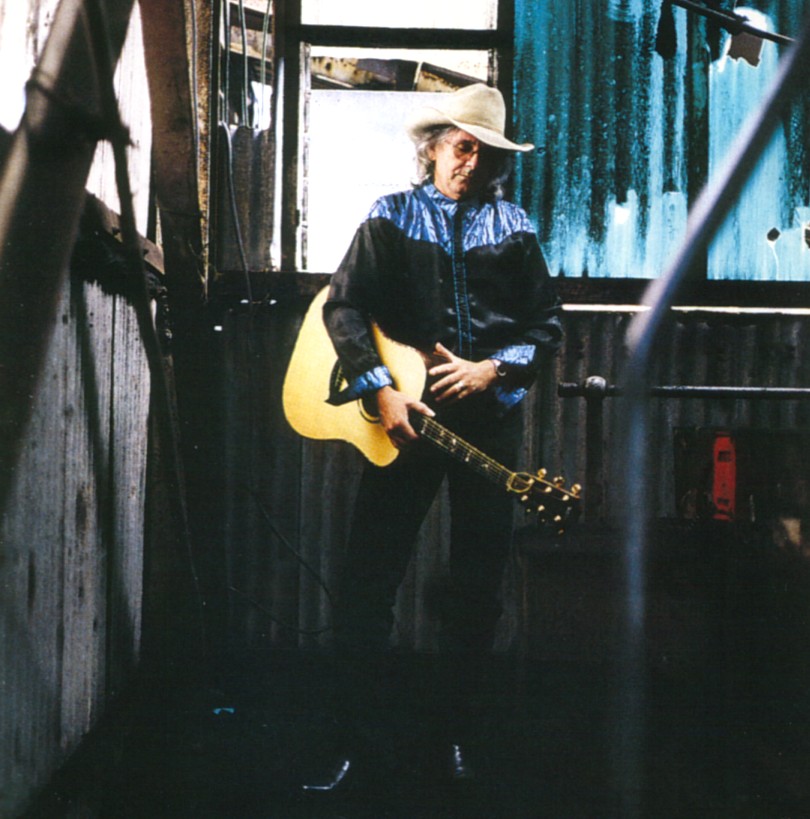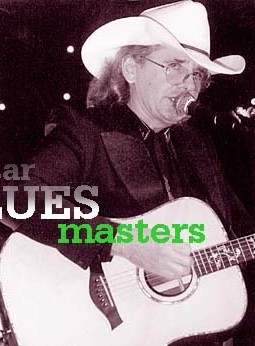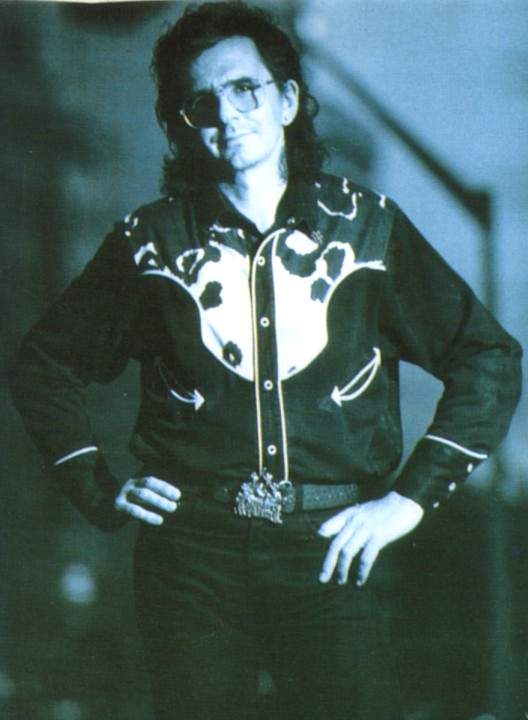|
|
|


 It was in Chapeaux
Hunter was joined by a young piano player by the name of Stuart Pearce who was to feature
prominently later in his career. Chapeaux was on the bill of the Rod Stewart and the Faces
concert at Auckland’s Western Springs and also opened for Leon Russell.
Other groups Hunter
spent time with in the 1970s were the Hunter McCallum Band, with Malcolm McCallum, and
Hillman Hunter and the Rootes Group.
It was in Chapeaux
Hunter was joined by a young piano player by the name of Stuart Pearce who was to feature
prominently later in his career. Chapeaux was on the bill of the Rod Stewart and the Faces
concert at Auckland’s Western Springs and also opened for Leon Russell.
Other groups Hunter
spent time with in the 1970s were the Hunter McCallum Band, with Malcolm McCallum, and
Hillman Hunter and the Rootes Group.
As the new decade dawned, Hunter was becoming more influenced by the country music of Willie Nelson, George Jones and Merle Haggard, and made a decision to devote his live act to it.
Soon he was joined by the cream of New Zealand’s country music session musicians, in the forms of pedal steel maestro Red McKelvie and fiddle player Cath Newhook, and CBS Records had given him the budget to record a single. But with an abundance of his own material, Hunter approached his old mate Stuart Pearce, now based in Sydney, with the idea of stretching the single budget into a full album. Pearce did the arithmetic and worked his magic on the arrangements to come up with Hunter’s 1987 debut album Neon Cowboy.


© 2004-2007 Glen Moffatt. All Rights Reserved.